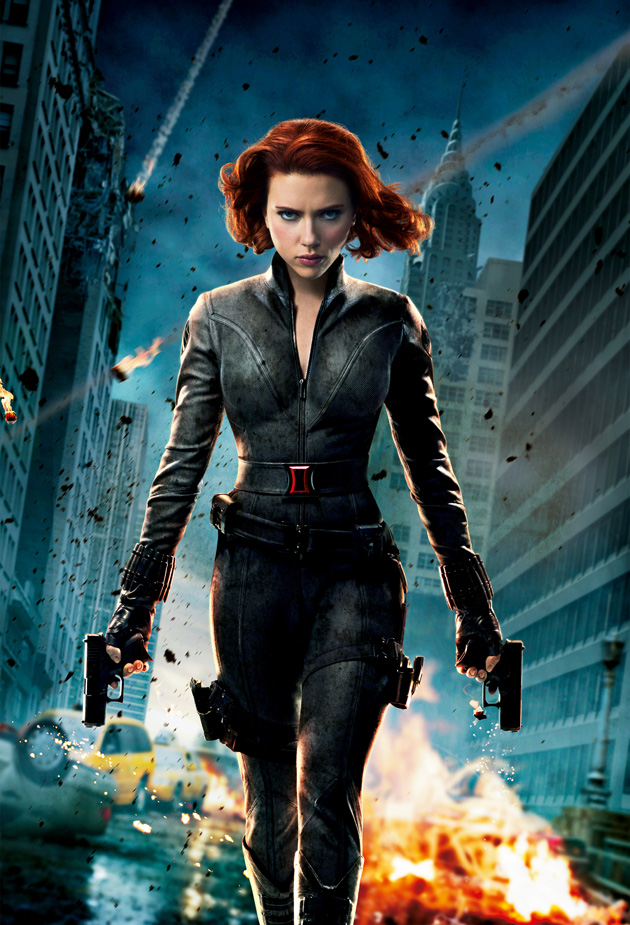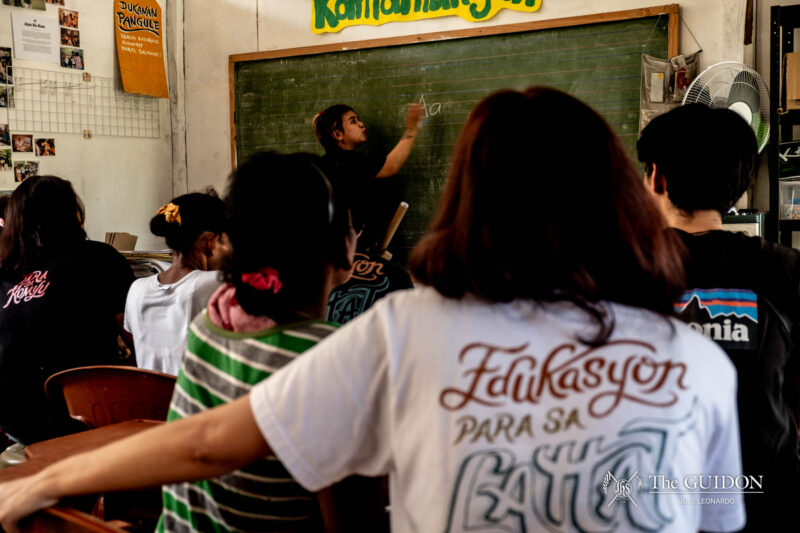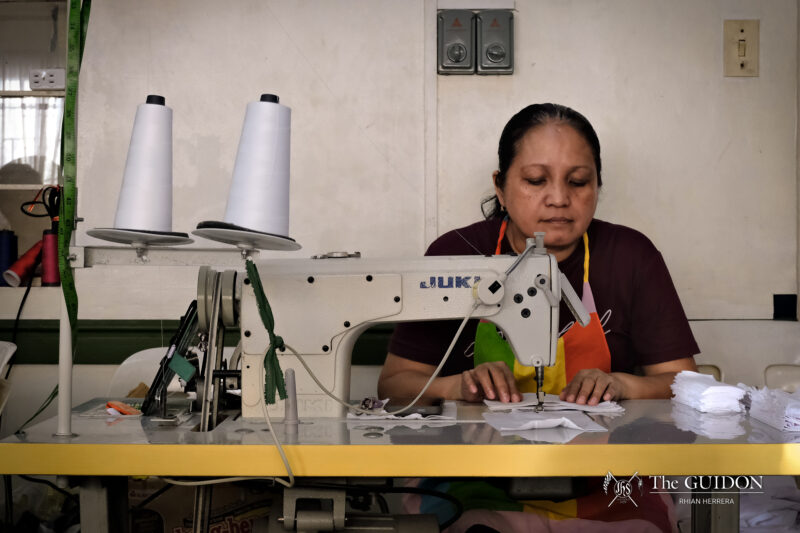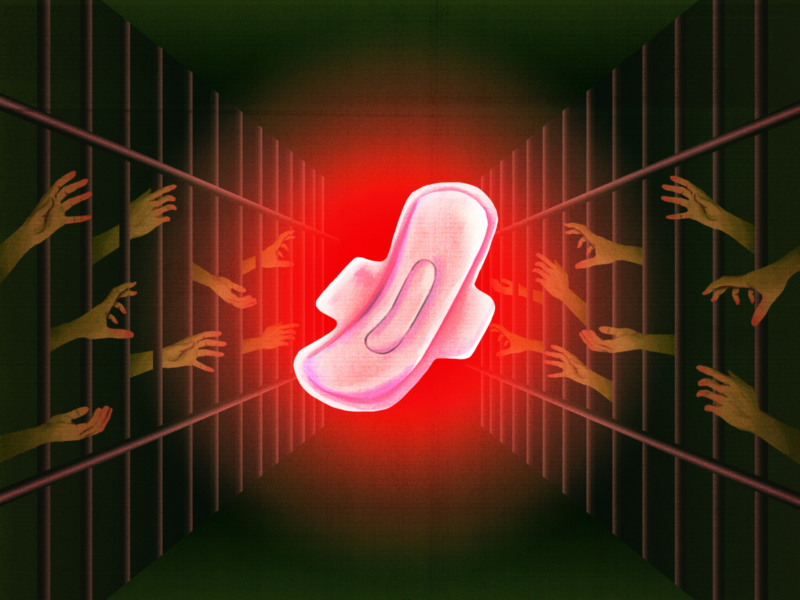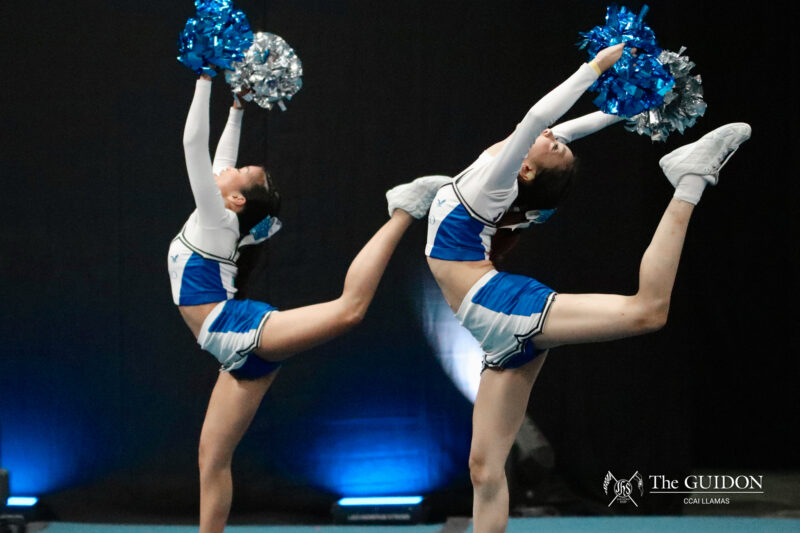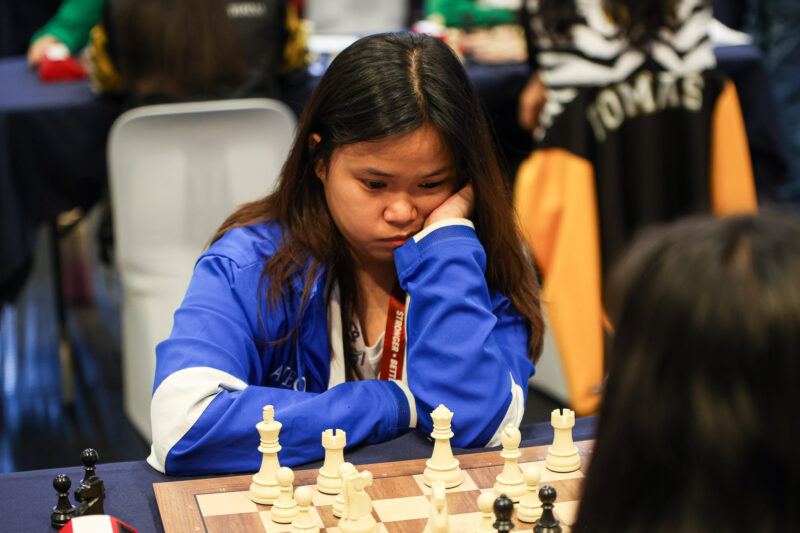In the middle of New York City during an alien invasion, six heroes stand amidst the chaos and rubble. Natasha Romanoff, known professionally as Black Widow (Scarlett Johansson), is the only woman to stand with The Avengers.
Black Widow was no damsel in distress. Her beauty hid the fact that she was a trained spy, one able to singlehandedly defeat a group of Russian gangsters while tied to a chair. She was the epitome of a woman who knew exactly what she wanted and how to achieve it. Romanoff is a “strong” female character.
Emotional void
Back when the only source of entertainment was literature, there was Kate Minola, the heroine of William Shakespeare’s Taming of the Shrew. She completely defied her family’s wishes not only by refusing to get married, but also by being rude, coldhearted and practically emotionless.
“Strong women characters are a canard,” wrote New York Times writer Carina Chocano in 2011. “They refer to the old-fashioned ‘strong, silent type,’ a type that tolerates very little blubbering, dithering, neuroticism, anxiety, melancholy or any other character flaw or weakness.”
The traditional “strong” female follows this vein—take Black Widow, for example. Despite her strength and beauty, she rarely showed any emotion or vulnerability. Characters like Katniss Everdeen (The Hunger Games) and The Bride (Kill Bill) fell into this stereotype: physically strong women whose main strength was that nothing could break them.
Filmmakers like Joss Whedon have been known for using the strong female as a stock character in their movies. Whedon, famous for bringing to life ‘90s strongwoman Buffy the Vampire Slayer, also brought forth Echo, Eliza Dushku’s character in the short-lived Dollhouse. Echo was the strong female taken to another level: she literally had no emotions, being that her memories were “wiped” after every hit or assassination.
Two women talking
As storytelling methods progressed, so did the variety of “strong” female characters presented. The evolution of film brought forth characters more open with their emotions, a stark contrast to the strong and silent stereotype.
Strength in this sense was determined more by interaction rather than physical ability. To be considered “strong,” female characters in a film had to have interaction with one another that did not revolve around male relationships—the basic criteria of the Bechdel Test.
Conceptualized by cartoonist Alison Bechdel in 1985, the Bechdel Test is a litmus test of female characterization in film. In a strip from Bechdel’s Dykes To Watch Out For, a character named Ginger laments the quantity of onscreen females, saying that a film must have 1) at least two named women in it, 2) who talk to each other and 3) who talk about something other than a man.
The criteria are simple, but despite having traditionally strong female leads, many films don’t pass because of the absence of same-sex interaction. Despite being a traditionally “strong and silent” character, Black Widow and The Avengers fail the test.
It’s with this type of test that films with more emotional characters shine. Despite notions to the contrary, most Filipino films pass the test. Take, for example, the 2007 rom-com One More Chance: After realizing just how dependent she’d become on her boyfriend Popoy (John Lloyd Cruz), Basha (Bea Alonzo) decides to leave him to pursue her dreams of becoming an architect. Ang Babae Sa Septic Tank (2011) tackles issues of poverty and child prostitution, highlighting scenes of Mila (Eugene Domingo) interacting with her child.
“There is an ongoing effort to promote feminism in Filipino films,” says Loyola Film Circle (LFC) president Will Fernandez. “One aspect is to create well-rounded characters that tackle a central issue throughout the movie.”
When real becomes “reel”
Of course, a film’s passing the test doesn’t equate to the lack of gender bias. Problems with some films that pass include types and importance of roles given. For example, Joey Gosiengfiao’s Temptation Island passes the test with flying colors, despite how the named women in the film cannot really be considered traditionally “strong.” Even No Other Woman (2011) passed the test, with Kara (Anne Curtis) and Charmaine (Cristine Reyes)’s conversation about luxury goods satisfying the Bechdel criteria.
“This is the problem with that kind of test: It talks about the interaction of women,” says Communication Department faculty member Jason Cabañes. “The test isn’t comprehensive but indicative.”
“This makes me think that the problem is not that there aren’t enough ‘strong’ female characters in the movies,” wrote Chocano. “It’s that there aren’t enough realistically weak ones.”
It’s with this viewpoint that “strong” is slowly being changed. Women no longer have to be unemotional or physically strong to be considered great characters. Filmmakers are beginning to prioritize three-dimensional leads—“real” women.
The bottom line
This leads one to ask: what exactly makes a character “real,” and now by extension, “strong?”
Chocano, in her piece “A Plague of Strong Female Characters,” uses Kristen Wiig’s character in 2011’s Bridesmaids as an example. Wiig’s Annie was unemployed and perennially unlucky—not exactly the strongest female around. “We don’t relate to her despite the fact that she is weak, we relate to her because she is weak,” says Chocano.
While the divide between “real” and “reel” women still exists, more nuanced and realistic portrayals of women are emerging in media to bridge that gap. The tides are changing, and so is what we perceive as “strong.”
Characters like Annie may be physically weak and not traditionally attractive, but their strength lies in the fact that they are flawed. It’s with this that the “strong” female goes in another direction. From the strong, silent type to one more emotional and realistic, society’s perception of what makes a female character great is slowly changing.

